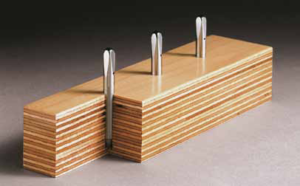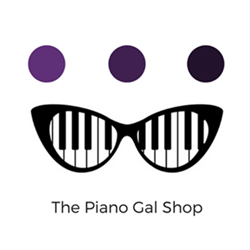The pinblock is rather mysterious to many.
The reason is that in a fully assembled piano, it can’t be seen. However, it is the most important structural element of a piano. It can’t be seen because the cast iron plate sits in front (upright pianos) or on top (grand pianos). The tuning pins are anchored in the pinblock and this structure is what is holding the tons of tension needed for the strings to hold taut enough to create pitch. Without that tension, you’ve got a piece of furniture, not a musical instrument.
I’m not going to go into all the technical detail of how it’s constructed because, well, it’s sort of boring. What is important to note, is that it’s essential for it to be in good condition for the piano to be functional and worth anything. The scary thing about this, is that when hunting down that “gem” of a free piano, you can’t just inspect the pinblock. Instead, one must use other factors to make an educated assumption regarding the pinblock’s structural condition. Below I’m going to give some red flags that could indicate an issue with the pinblock. This list is not exhaustive. Also, nothing in this list means that a piano definitively is dead. These are just things to look out for and to help you better understand your piano, or the piano you are looking to buy or inherit.

- Pitch: play every single key on the piano. Is it horribly out of tune? Or even worse, is there a key or two that sounds like two different pitches at once or even like a drone? This could easily mean that many tuning pins have lost tension or torque.
- What kind of environment is the piano in? If a piano has been tuned fairly regularly and is in a temperature controlled environment i.e. a home with heat and air conditioning (away from drafty windows and doors) it is more likely to have a sound pinblock. If the piano has sat in a garage for 2 years, it could very likely have structural issues. It could also have mold.
- Mold: Look inside the piano. Do you see mold specs? Do you see signs of excessive moisture? If you do, that moisture will most definitely have affected the piano in a negative way.
- Water Damage: if the piano has been exposed to water damage, don’t bother. Take a pass on that piano.
- Brand and Age: older pianos will have cracks in the wood. They just will. The older the piano, the more likely this will be the case.
As always, the absolute best thing you can do when you have question about your piano or someone else’s piano, is to hire a professional.
Thanks for reading!
Musically,
Marta
The Piano Gal
